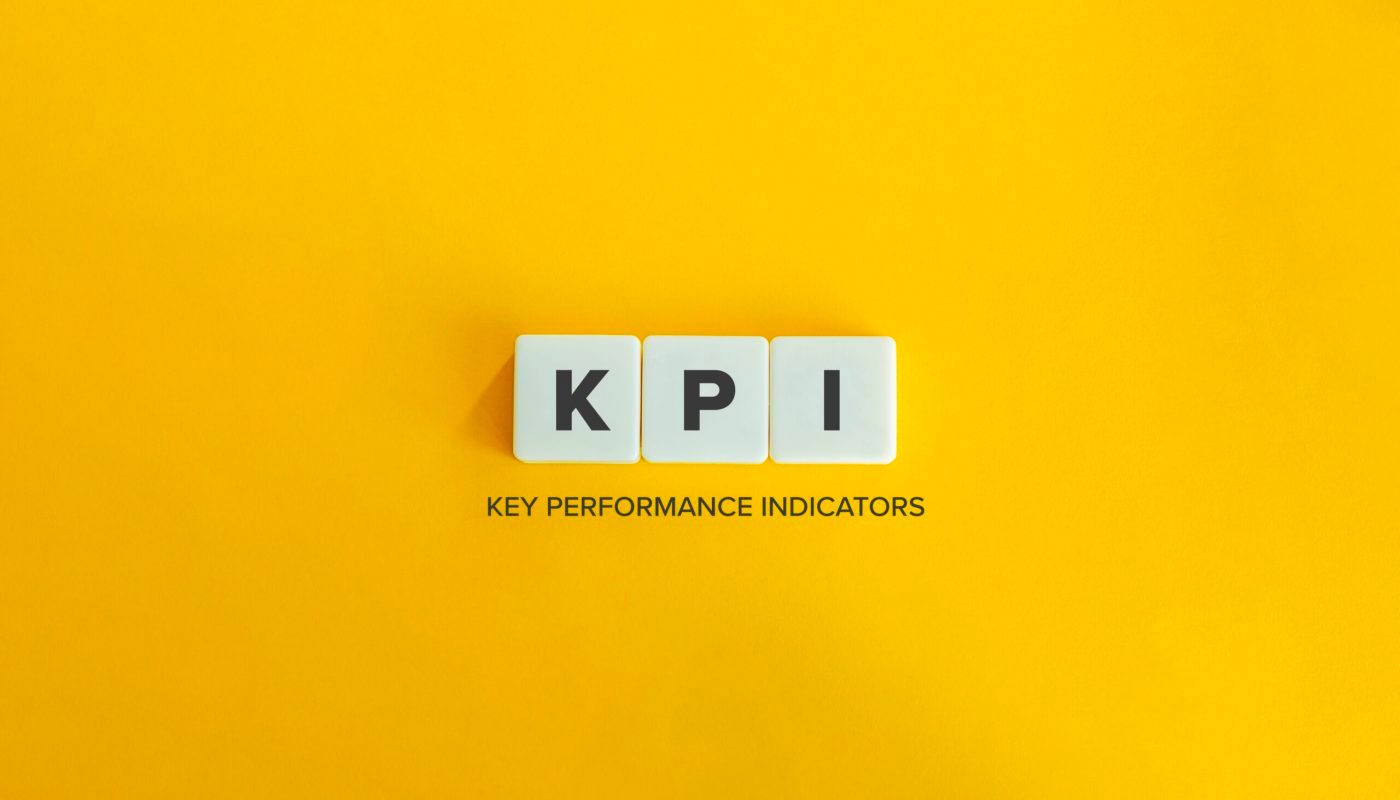What is a KPI, and how do you choose the best one? KPI stands for “Key Performance Indicator.” It is essentially a metric you use to evaluate the success of your campaigns.
All marketers use KPIs as a shorthand to understand whether their ads are doing what they expect. By looking at your KPIs, you can figure out whether your marketing strategy is on the right track.
If you’re falling short on your KPIs, it might be time to rethink your advertising tactics. Or, alternatively, it might be that you’re measuring success with the wrong KPIs. We’ll explain more on that below.
You can generally break KPIs up into “qualitative” vs. “quantitative” buckets. Qualitative KPIs often focus on broader analyses of non-numerical parts of your product, like customer reviews. Quantitative KPIs, by contrast, are tied to a specific number.
For the sake of this blog post, we are going to focus specifically on quantitative KPIs, since those are the most objective to measure and identify.
Why do KPIs matter?
KPIs influence how you define success. Seen through the prism of ACOS, for instance, your recent ad campaign might look like a failure.
But if you instead look at it through Total ACOS (TACOS) or New-To-Brand (NTB) metrics, then you might realize you have more positive-than-expected signals in the data.
In other words: The KPIs you pick are determined by your goals.
Before you launch an ad campaign on Amazon, you should pick the KPIs you want to make your focus.
To do that, you have to decide on the business goals that you want to illuminate.
- Are you hoping to maximize efficiency of your ad dollars?
- Are you more interested in creating awareness about your brand?
- Are you hoping to drive incrementality by courting new shoppers?
Settling on answers to these questions is important. Understanding your overall goal is the first step toward identifying the right KPI for your campaign.
Which KPIs does Amazon display automatically?
When you log into your Ad Console on Amazon, you will see a few KPIs already in place. By default, Amazon shows you metrics like:
ACOS: Advertising Cost of Sales calculates how much you made in ad-attributed sales for every ad dollar you spent. The lower the ACOS, the better. If you spent $500 on ads and you earned $1k in ad-attributed sales, that means your ACOS is 50%. If your ACOS is above 100%, that means you’re spending more on ads than you’re earning in subsequent ad sales revenue.
ROAS: Return on Ad Spend measures your ad-attributed revenue divided by your ad spending. If your ROAS is greater than 1, then you earned more from your ad revenue than you spent upfront.
These KPIs are the easiest to locate in the Amazon Ad Console. But just because they’re the most widely available doesn’t mean they’re always the best choice for measuring your campaigns.
Is ACOS always the best KPI?
ACOS has become the standard KPI of e-commerce ad campaigns, but often it only tells you part of the story.
Just because your ACOS is good doesn’t mean your campaign is a winner. Likewise, just because your ACOS is disappointing doesn’t mean your whole campaign was a failure.
Here’s why. Both ACOS and ROAS only narrowly measure success according to ad-attributed revenue. That may not always be the main goal of your ad campaigns.
For instance, if you’re running an awareness-focused campaign targeting the upper funnel, you’re not going to expect as many people to convert directly after seeing that ad.
Driving conversions isn’t your goal. You just want to get the word out about your products, so that those shoppers purchase from you many months down the line. By that point, those conversions won’t be attributable to your original ad.
Judged by ACOS alone, most awareness-focused campaigns look like failures. They aren’t driving a lot of ad-attributed sales right away.
Branded search volume could be a good way to measure the impact of awareness campaigns. For instance, examine whether you receive an uptick in branded searches after or during an awareness campaign.
But if a large share of those shoppers who first saw your ad purchase from you down the line, it’ll be a success anyway. Your ACOS just won’t show you that.
What are the best KPIs besides ACOS to use?
The phrase “the best KPI” is a bit of a misnomer. As we discussed above, the best KPI is the right KPI for your specific ad campaign.
In order to identify which KPI works best, you identify your broader campaign goals: Awareness? Incrementality? Efficiency? Something else?
But, to help get you started, here are a few KPIs we use:
TACOS. Total ACOS is important because it gives you a much fuller picture than ACOS alone can. While ACOS compares your ad spend to your ad-attributable sales, TACOS compares your ad spend to your overall sales, meaning both your organic and your ad-attributable sales.
Why does this distinction matter? The organic sales you drive have as much relevance to your overall business success as your ad-attributable sales, as we outlined in a recent blog post.
For instance, let’s say your product has a high repeat purchase rate. Your ACOS might be sky high, and it might cost you a ton of money to convert customers with ads. But if most of those customers then go on to buy multiple products from you, your campaign will be a win.
TACOS, by factoring in organic sales data, is able to offer you a view of these nuances.
Is New To Brand a good KPI?
One key KPI that many brands continue to overlook is New To Brand metrics.
New-To-Brand metrics essentially are growth measures. A campaign optimized for New-To-Brand metrics is one that is reaching shoppers who have not bought from you in the last 12 months.
If your goal is to focus on growth, then New-To-Brand might be your best bet for a KPI. Anyone can create an artificially high ACOS by re-targeting existing customers who are already closer to a conversion. But bringing wholly new customers into the fold is a sign of overall brand health.
One reason New-To-Brand metrics are not as popular, however, is that they are hard to unlock. While Amazon automatically reports New-To-Brand data for Sponsored Brands and Sponsored Display ads, it does not report New-To-Brand numbers for Sponsored Products, its most popular ad format.
Luckily, there’s a way around this: You can unlock New-To-Brand metrics for all of your campaigns, including Sponsored Products campaigns, when you use Amazon Marketing Cloud.







